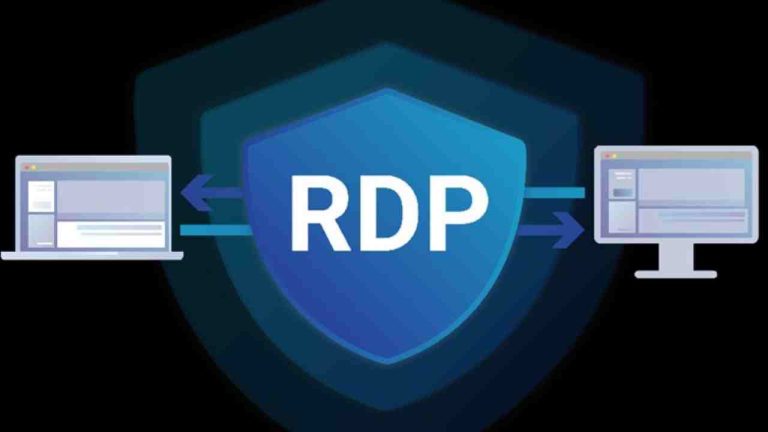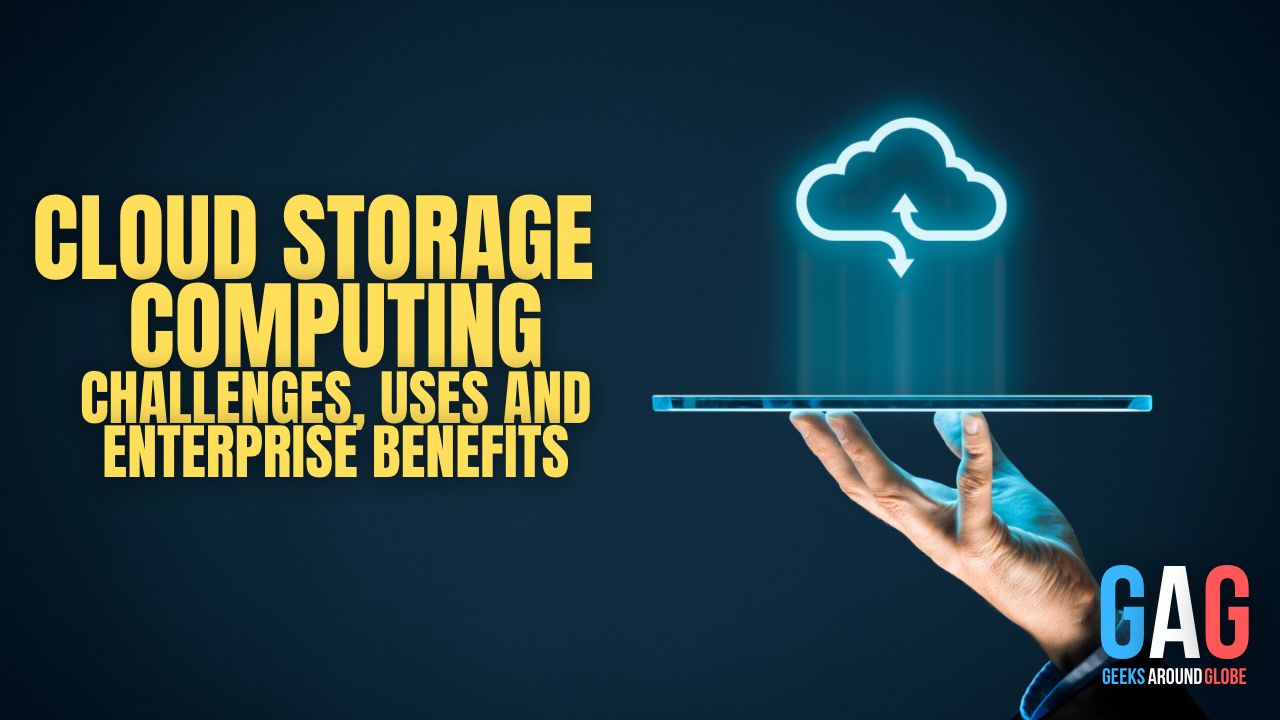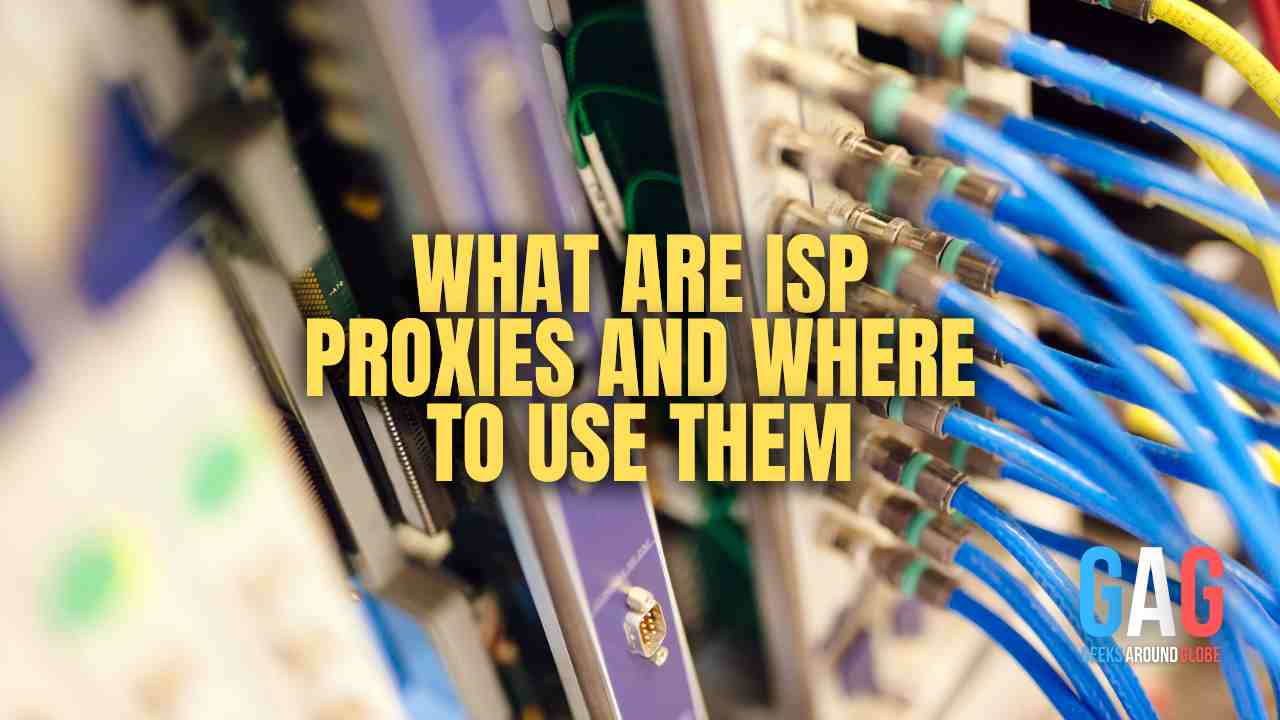A Closer Look at Microservices
Microservices against Monolithic Architectures
What About Cloud Computing with Containers and EDMs (Event-Driven Models)?
Building the Future with Custom Cloud Application Development Services (Microservices)
Cloud-Based Applications have advanced tremendously in recent years, offering unrivaled solutions for reducing time-to-market, enhancing performance, and increasing agility and flexibility. All of which is achieved through seamless cloud development.
However, these innovations also lead to many devices and user interfaces constantly changing in their application development requirements. Therefore, a more sophisticated cloud-based approach is needed in the form of microservices for cloud architecture upgrades.
A Closer Look at Microservices
Microservices are an architectural approach to creating cloud applications. They offer an architecture pattern described as a single-purpose application.
Due to their small size and simplicity, microservices are easy to implement, update, and remove within a larger application. They can be used to create a tech stack that can then be customized to capitalize on the latest tech trends.
Tools and stacks comprised of microservices are ideal as they’re decentralized and flexible in how one element can be altered or removed without causing a ripple effect.
With a versatile design, even large-scale websites such as Amazon, Netflix, and eBay have evolved from a monolithic architecture to a microservice architecture.
- API Gateways
An API Gateway is a server that is the single entry point into a system, where it encapsulates the internal system architecture and provides tailored APIs. It can also have other responsibilities such as authentication, monitoring, caching, API metering, load balancing, management, request shaping, and static response handling.
The API Gateway is responsible for ensuring routing requests are delivered to their appropriate microservice. This creates a system of invoking multiple microservices and aggregating the results. It can even translate between web protocols such as HTTP and WebSocket.
- Event-driven architectures
Event-driven architecture acts as both an event producer and event consumer. It’s an integration model built around a publication, capture, processing, and storage of events. In other words, it publishes an event (action or change) that another application can then process to perform one or more actions.
It enables loose coupling between connected applications and microservices, whereby they can communicate with each other by publishing and consuming events. Overall, this maximizes the potential of cloud-native applications like real-time analytics and decision-making support.
There are many reasons businesses adopt microservices, one of the main being its Big Data Applications. Microservices with Event-Driven Architecture (EDA) creates a natural fit for complex cloud environments and applications. This combination provides scalability and extensibility to required applications because of its loosely coupled architecture.
Microservices Against Monolithic Architectures
Though monolithic architectures are simple to develop and deploy, their simplicity stumps their development. Such a limitation to their size and complexity can be a severe bottleneck for businesses.
A future-proof solution, microservices can cater to headless, composable, and MACH solutions. And they can even expose a REST, RPC, or messaged-based API.
Before microservices, there was a clear and formidable barrier against adopting new technologies. But with the freedom and flexibility of microservices, software developers are free to choose what services fit their required needs, and the architecture enables them to be scaled independently.
However, it should be noted that to maximize the potential of microservices, it’s essential to have a database schema per service to fully ensure loose coupling.
Refactoring a monolith with microservices?
The refactoring of a Monolith into microservices is commonly perceived as a form of application modernization. Instead of scrapping the monolithic architecture entirely, the best way to go about this is to gradually build a new application consisting of microservices and run it in conjunction with the monolithic application.
This can be achieved in a few ways:
- The first option is to stop making the monolith bigger and add any new code as a standalone microservice.
- By splitting the frontend and backend.
- Or lastly, by prioritizing which modules should be converted into services and extracting them.
What About Cloud Computing with Containers and EDMs (Event-Driven Models)?
Containers offer many benefits as an abstract unit of software. A standalone, executable unit, they provide everything needed for an application from its code to its runtime, system tools, and system libraries.
Their most significant selling point is how they allow system managers to achieve more density with their architecture; multiple containers can be designed and run for cutting-edge efficiency. They are a lightweight package of application code with dependencies like specific versions of programming languages and libraries that are required to run your software services.
Businesses can deploy containerized apps onto compute hosts and manage them with a container-based platform. Containers enable portability, agility, and automation to abstract applications from the physical environment that they’re running in.
Containers are not only well suited to applications with microservice applications, but they’re also ideal for hybrid and multi-cloud environments as they’re handy for migrating workloads from on-premise data centers to any public cloud.
Cloud containers have multiple purposes, such as hosted container instances, Containers as a Service (CaaS), and Kubernetes as a Service (KaaS). The overall benefits of containers are found in their ability to aid other applications and processes; pairing them with microservices makes for an ideal custom cloud application.
Building the Future with Custom Cloud Application Development Services (Microservices)
Microservice architectures are ideal for more extensive and more complex cloud-hosted applications. Though a monolithic architecture can handle a simple app/program, it’s not up to par with the standards and demands of today’s digital age. Its single codebase, updating challenges, and lack of flexibility and scalability make it an outdated solution by present-day standards.
Though traditional monolithic architecture may continue to be the go-to solution for simple applications, microservices paired with cloud applications are still growing as a popular and diverse solution that will withstand technology progressions.
In terms of deployment, microservice applications consist of tens and thousands of services written in various languages and frameworks. Each is a mini-application with specific deployment, resource, scaling, and monitoring requirements. Businesses need to consider the multiple service instances per host pattern, service instances per virtual machine pattern, and serverless deployment.
Cloud applications and microservices are complex. This is precisely why specialized developers are quickly growing in demand. These custom developers offer cloud development advice and expert services with thorough knowledge of specific fields and industries.
A specialized cloud application development company will be able to provide a wealth of knowledge and service in cloud infrastructure management and cloud microservices architecture. Not only can they ensure data integrity and seamless integration, but they will also optimize scalability, agility, and performance.
Microservice trends will only become more prominent and pervasive. A trend that’s here to stay, businesses need to figure out where they stand and what they stand to gain from adopting this ideal solution and making it custom.







